Home>Home Appliances>Kitchen Appliances>How Long Does An Electric Kettle Last
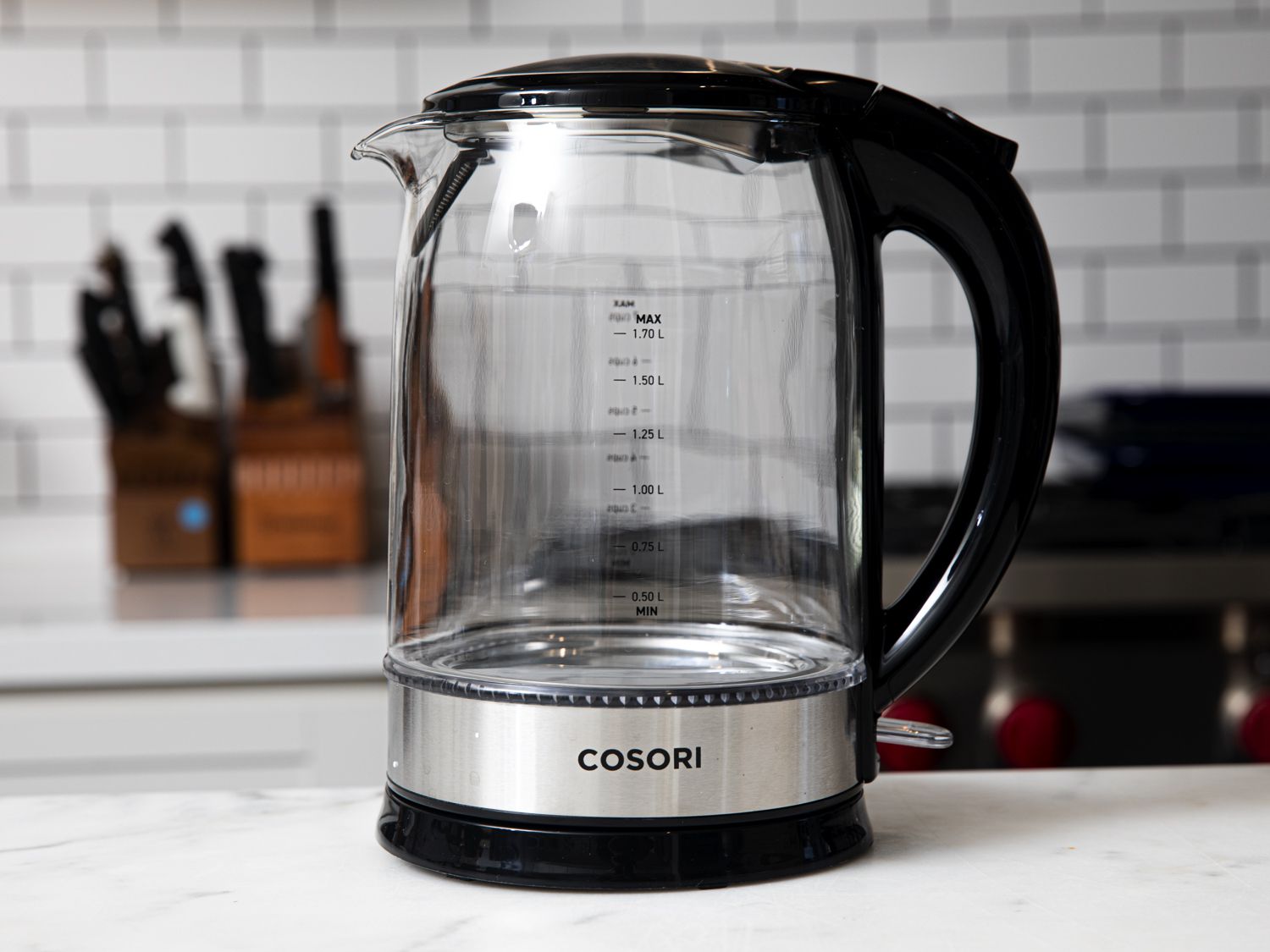

Kitchen Appliances
How Long Does An Electric Kettle Last
Modified: March 2, 2024
Discover the lifespan of kitchen appliances like electric kettles. Learn how long you can expect your kettle to last and when to consider a replacement. Explore tips for maximizing the longevity of your kitchen appliances.
(Many of the links in this article redirect to a specific reviewed product. Your purchase of these products through affiliate links helps to generate commission for Storables.com, at no extra cost. Learn more)
**
Introduction
**
Electric kettles have become an indispensable appliance in modern kitchens, offering unparalleled convenience for boiling water in a matter of minutes. Whether it's for brewing a steaming cup of tea, preparing instant soups, or making pour-over coffee, the electric kettle has revolutionized the way we approach hot water. However, like all appliances, electric kettles are not immune to wear and tear. Understanding the factors that influence the lifespan of an electric kettle, recognizing signs of deterioration, and implementing proper maintenance are crucial for maximizing its longevity. In this article, we will delve into the intricacies of electric kettles, exploring the various elements that impact their lifespan and providing essential maintenance tips to ensure they continue to serve you efficiently for years to come. Join us on this journey to uncover the secrets of prolonging the lifespan of your electric kettle.
**
Key Takeaways:
- Choose a high-quality electric kettle made of stainless steel or borosilicate glass to ensure durability and resistance to mineral buildup, and use filtered water to prolong its lifespan.
- Regularly descale, clean, and inspect your electric kettle to prevent wear and tear, address potential issues early, and ensure safe and efficient operation for years to come.
Read more: How Long Should A Kettle Last
Factors Affecting the Lifespan of an Electric Kettle
**
Several factors play a pivotal role in determining the lifespan of an electric kettle. Understanding these elements can help users make informed decisions and take proactive measures to extend the longevity of their appliances.
1. Build Quality:
The construction and materials used in an electric kettle significantly impact its durability. Kettles made from high-quality stainless steel or borosilicate glass tend to outlast their counterparts constructed from plastic or lower-grade materials. Stainless steel kettles are known for their robustness and resistance to corrosion, while borosilicate glass models offer excellent heat resistance, making them less susceptible to cracks or breakage.
2. Heating Element:
The heating element is the heart of an electric kettle, responsible for boiling the water. Over time, the efficiency of the heating element may diminish due to mineral deposits from hard water, leading to slower boiling times and increased energy consumption. Kettles with concealed heating elements are less prone to mineral buildup, thus prolonging their lifespan.
3. Water Quality:
The quality of the water used in the kettle can significantly impact its longevity. Hard water, which contains high levels of minerals such as calcium and magnesium, can accelerate scale buildup inside the kettle. Regular descaling is essential to prevent mineral deposits that can affect the heating element and overall performance.
4. Usage Frequency:
The frequency of use also influences an electric kettle’s lifespan. Kettles subjected to heavy daily use may experience wear and tear more rapidly than those used infrequently. However, proper maintenance and care can mitigate the impact of frequent usage.
5. Power Rating:
The wattage and power rating of an electric kettle can affect its durability. Higher wattage kettles may heat water more quickly, but they can also place greater strain on internal components, potentially shortening the appliance’s lifespan. Opting for a kettle with an appropriate power rating for your needs can help balance performance and longevity.
6. Manufacturer Quality and Warranty:
The reputation of the manufacturer and the warranty provided can offer insights into the expected lifespan of an electric kettle. Well-established brands with a history of producing durable appliances and offering comprehensive warranties may indicate a longer potential lifespan for their products.
By considering these factors, users can make informed choices when selecting an electric kettle and implement practices to enhance its durability, ultimately prolonging its lifespan.
**
Signs of a Deteriorating Electric Kettle
**
Recognizing the signs of a deteriorating electric kettle is crucial for addressing potential issues before they escalate, ultimately prolonging the appliance’s lifespan and ensuring safe operation.
1. Slow Boiling:
An evident sign of a deteriorating electric kettle is a significant increase in the time it takes to boil water. This sluggish performance can stem from mineral deposits accumulating on the heating element, hindering its efficiency. Regular descaling can help alleviate this issue and restore the kettle’s performance.
2. Unusual Noises:
If the kettle starts producing unusual sounds during operation, such as rattling, hissing, or popping noises, it may indicate internal issues. These noises could be attributed to mineral buildup, loose components, or a malfunctioning heating element. Prompt attention to these sounds can prevent further damage to the kettle.
3. Leaks or Drips:
Water leaks or drips emerging from the kettle’s base or spout are clear indicators of deteriorating seals or internal damage. Ignoring these leaks can lead to electrical hazards and irreversible damage to the kettle. It is essential to address leaks immediately and, if necessary, seek professional repairs or replacement.
4. Electrical Malfunctions:
Fluctuating power, intermittent heating, or sudden shutdowns during operation can signify electrical malfunctions within the kettle. These issues pose safety risks and should be addressed without delay. Consulting a qualified technician or contacting the manufacturer for guidance is advisable to rectify electrical problems.
5. Visible Wear and Tear:
Excessive wear and tear, such as cracks in the kettle’s body, frayed cords, or damaged handles, not only compromise the appliance’s functionality but also pose hazards to users. Regular inspection of the kettle’s exterior and components is essential to identify signs of physical deterioration.
6. Lingering Odors or Tastes:
If the boiled water exhibits unusual odors or tastes, it may indicate contamination or the presence of residual mineral deposits inside the kettle. Thorough cleaning and descaling can help eliminate these issues and restore the kettle’s performance.
By remaining vigilant for these signs of deterioration, users can take proactive measures to address emerging issues, safeguard the appliance, and prolong its lifespan. Timely maintenance and attention to these indicators can contribute to the efficient and safe operation of electric kettles for an extended period.
**
To extend the lifespan of your electric kettle, regularly descale it with a vinegar solution, avoid overfilling it, and handle it with care to prevent damage.
Maintenance Tips to Prolong the Lifespan
**
Implementing regular maintenance practices is essential for extending the lifespan of an electric kettle and ensuring its optimal performance. By incorporating the following tips into your routine, you can preserve the functionality and safety of your kettle for years to come.
1. Descaling:
Regular descaling is paramount for preventing mineral buildup inside the kettle. Using a descaling solution or a mixture of water and vinegar, fill the kettle, allow the solution to sit for a period, then rinse thoroughly. This process helps remove mineral deposits and restores the kettle’s heating efficiency.
2. Cleaning the Exterior:
Wiping the exterior of the kettle with a damp cloth and mild detergent helps maintain its appearance and prevents the accumulation of grime and stains. For stainless steel kettles, specialized stainless steel cleaners can be used to restore shine and luster.
3. Inspecting and Replacing Filters:
If your electric kettle is equipped with a removable filter, regular inspection and cleaning of the filter are necessary to ensure unimpeded water flow and prevent clogging. If the filter shows signs of wear or damage, replacing it promptly is advisable.
4. Handling with Care:
Avoiding rough handling and impacts can prevent physical damage to the kettle. Care should be taken when filling, pouring, and handling the appliance to prevent dents, cracks, or damage to the spout and handle.
5. Using Filtered Water:
Utilizing filtered or distilled water can reduce mineral buildup and scale formation inside the kettle, prolonging its lifespan. This is particularly beneficial in areas with hard water, where mineral deposits accumulate more rapidly.
6. Storage and Usage:
When the kettle is not in use, ensure it is stored in a dry environment to prevent moisture-related issues. Additionally, following the manufacturer’s guidelines regarding usage, water levels, and power settings can contribute to the appliance’s longevity.
7. Regular Inspections:
Periodically inspecting the kettle for signs of wear, leaks, or electrical malfunctions is crucial for addressing potential issues early. Promptly addressing any emerging issues can prevent further damage and extend the kettle’s lifespan.
By integrating these maintenance tips into your electric kettle care routine, you can preserve its functionality, enhance safety, and prolong its lifespan, ensuring that it continues to serve you efficiently for years to come.
**
Conclusion
**
Electric kettles have undoubtedly simplified the process of boiling water, offering unparalleled convenience and efficiency in modern kitchens. Understanding the factors that influence the lifespan of an electric kettle and recognizing signs of deterioration are crucial steps in ensuring the longevity and optimal performance of this indispensable appliance.
By considering elements such as build quality, heating efficiency, water quality, and usage frequency, users can make informed decisions when selecting an electric kettle, ultimately impacting its durability. Additionally, remaining vigilant for signs of a deteriorating kettle, such as slow boiling, unusual noises, leaks, electrical malfunctions, wear and tear, and lingering odors, empowers users to address emerging issues promptly, preserving the appliance’s functionality and safety.
Furthermore, implementing regular maintenance practices, including descaling, exterior cleaning, filter inspection, careful handling, and the use of filtered water, can significantly contribute to prolonging the lifespan of an electric kettle. By adhering to these maintenance tips and conducting regular inspections, users can safeguard their kettles from premature wear and address potential issues before they escalate.
Ultimately, the proper care and maintenance of an electric kettle are essential for maximizing its longevity and ensuring safe, efficient operation. By incorporating these practices into their routine, users can derive prolonged utility and enjoyment from their electric kettles, making them a reliable and enduring staple in their kitchens for years to come.
Join us in embracing these insights and practices, and let’s embark on a journey to preserve the functionality and lifespan of our beloved electric kettles, ensuring they continue to enrich our daily rituals with unparalleled convenience and comfort.
Frequently Asked Questions about How Long Does An Electric Kettle Last
Was this page helpful?
At Storables.com, we guarantee accurate and reliable information. Our content, validated by Expert Board Contributors, is crafted following stringent Editorial Policies. We're committed to providing you with well-researched, expert-backed insights for all your informational needs.
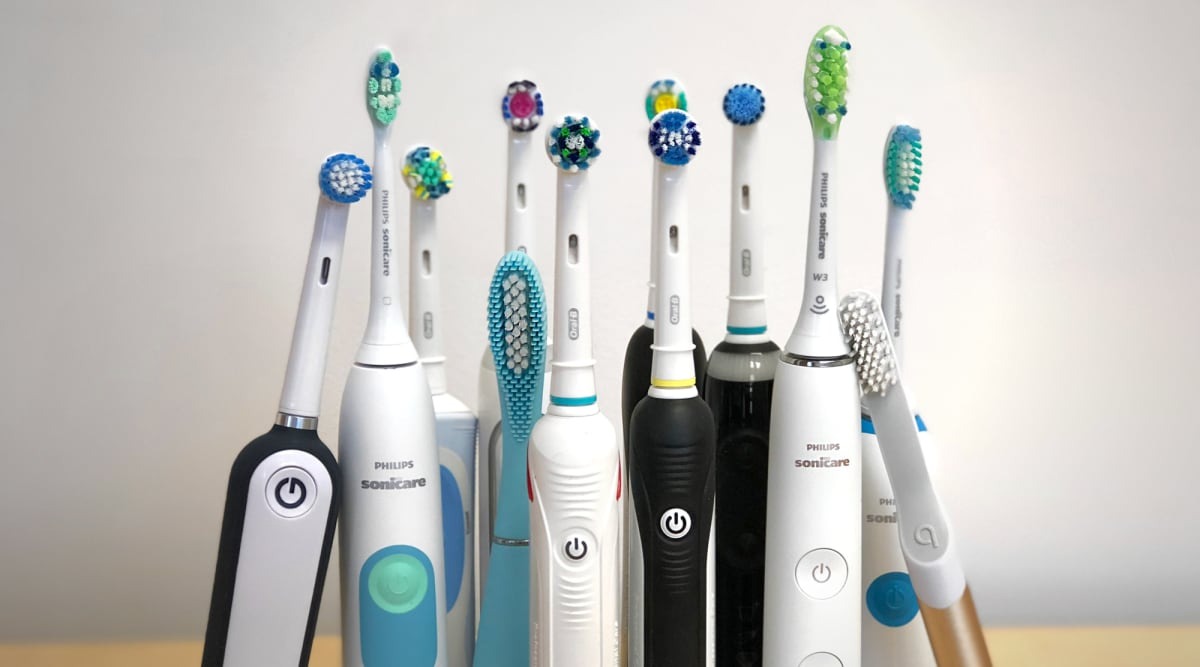
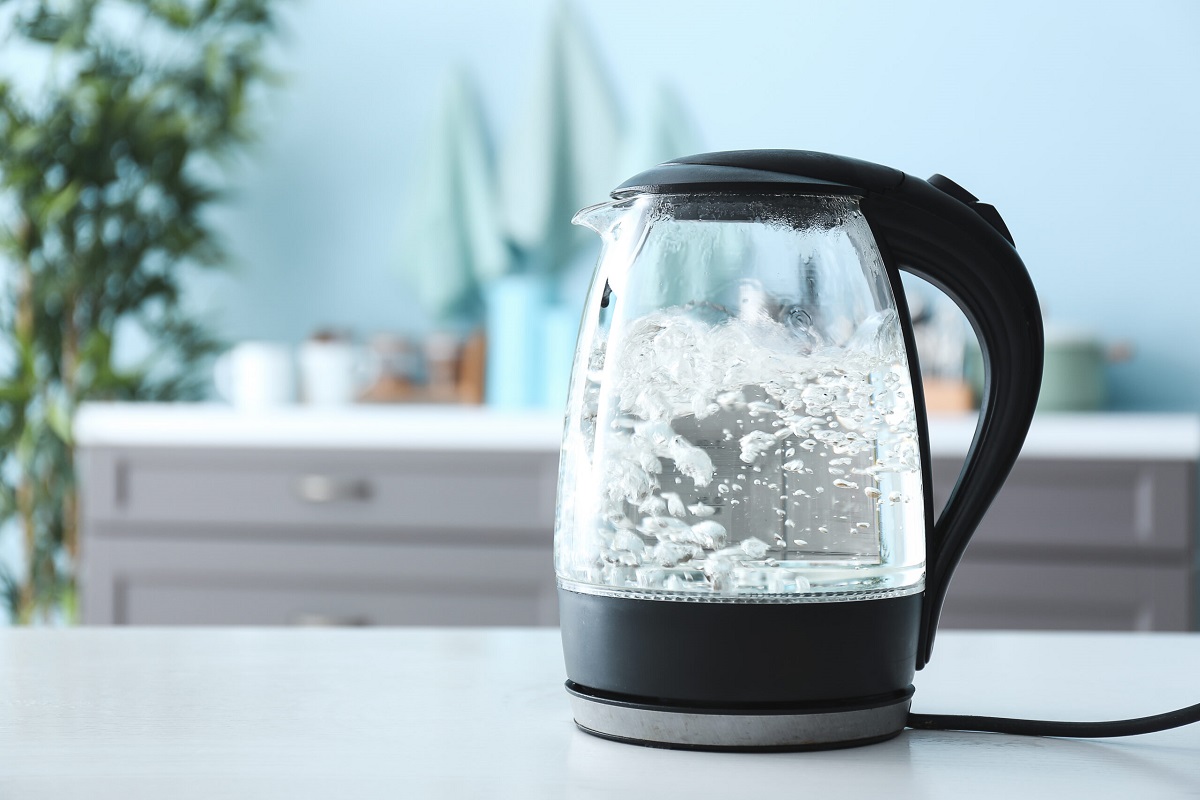
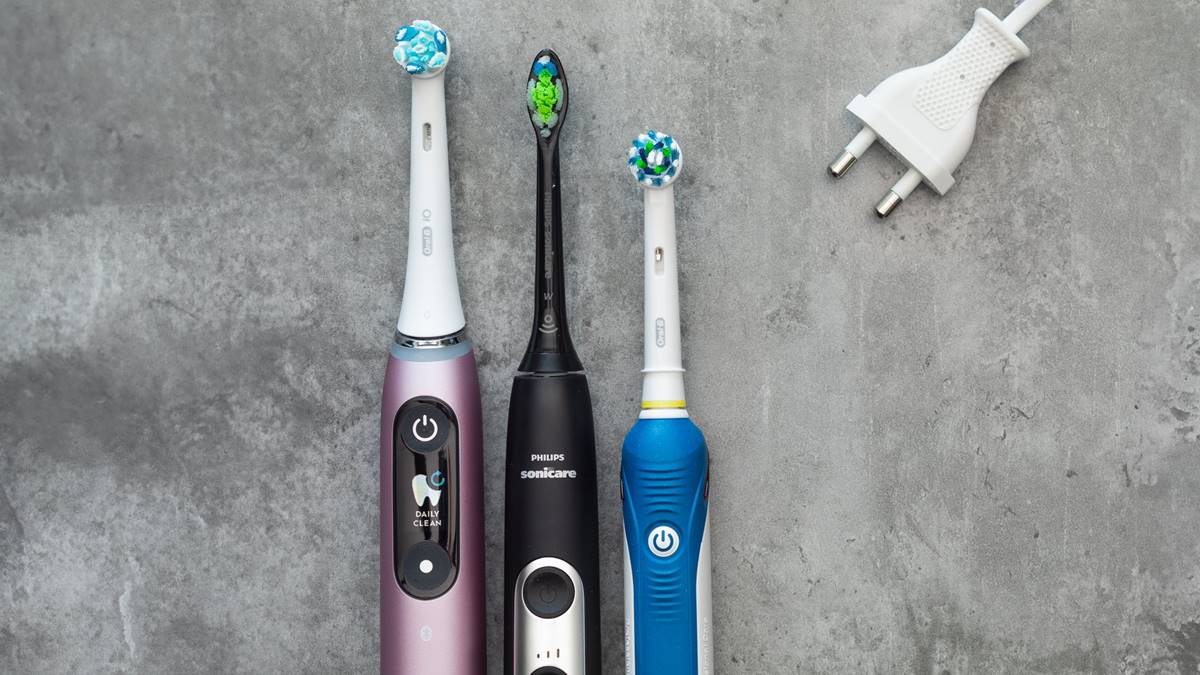
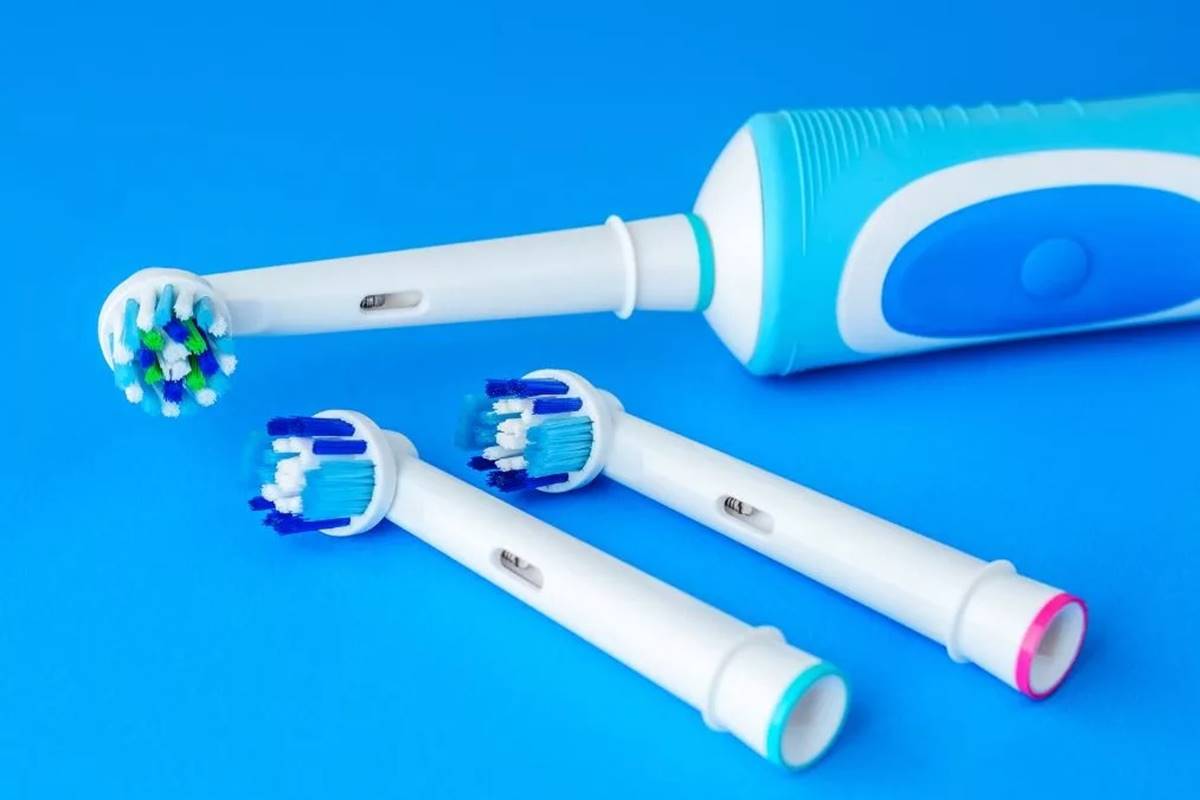
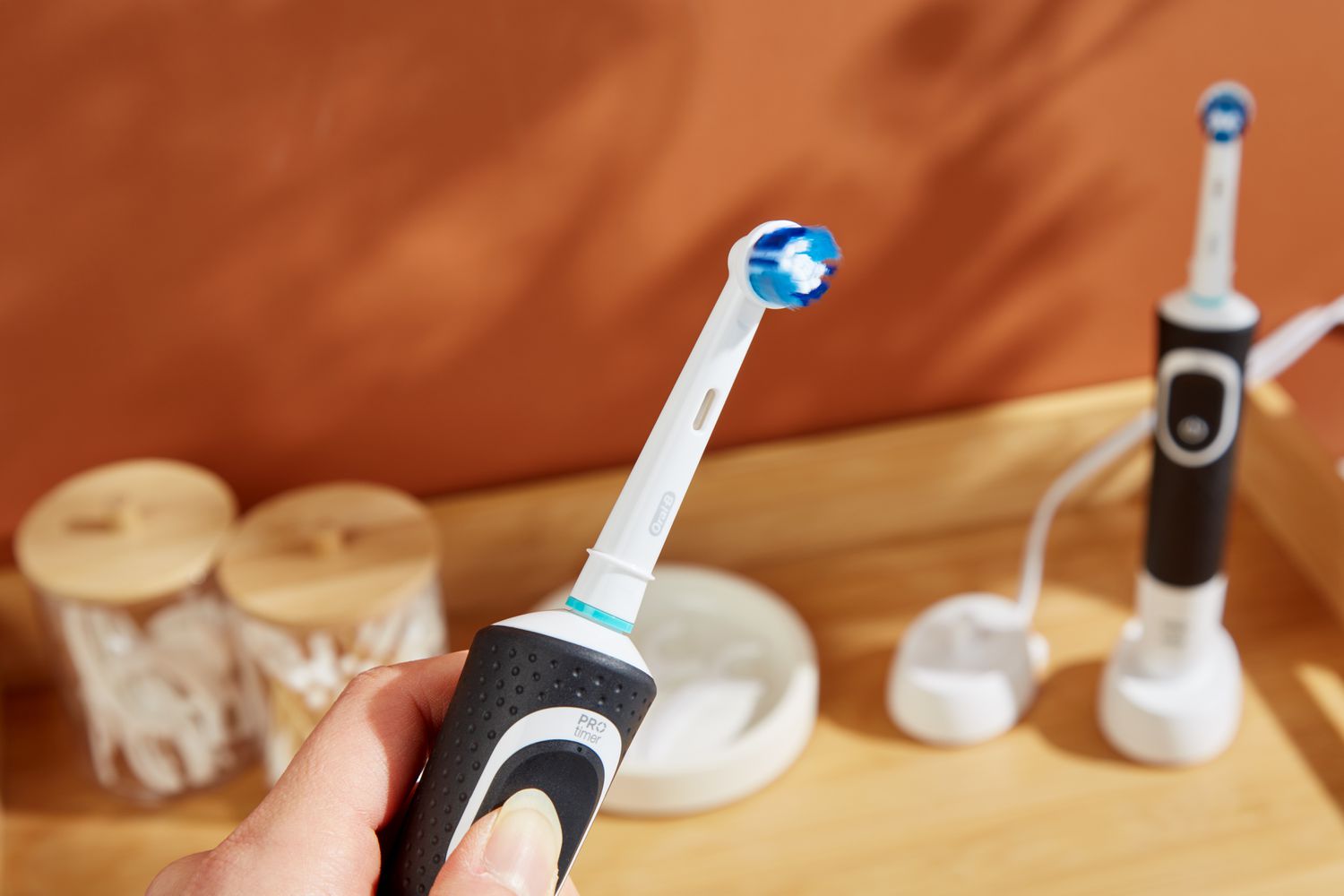
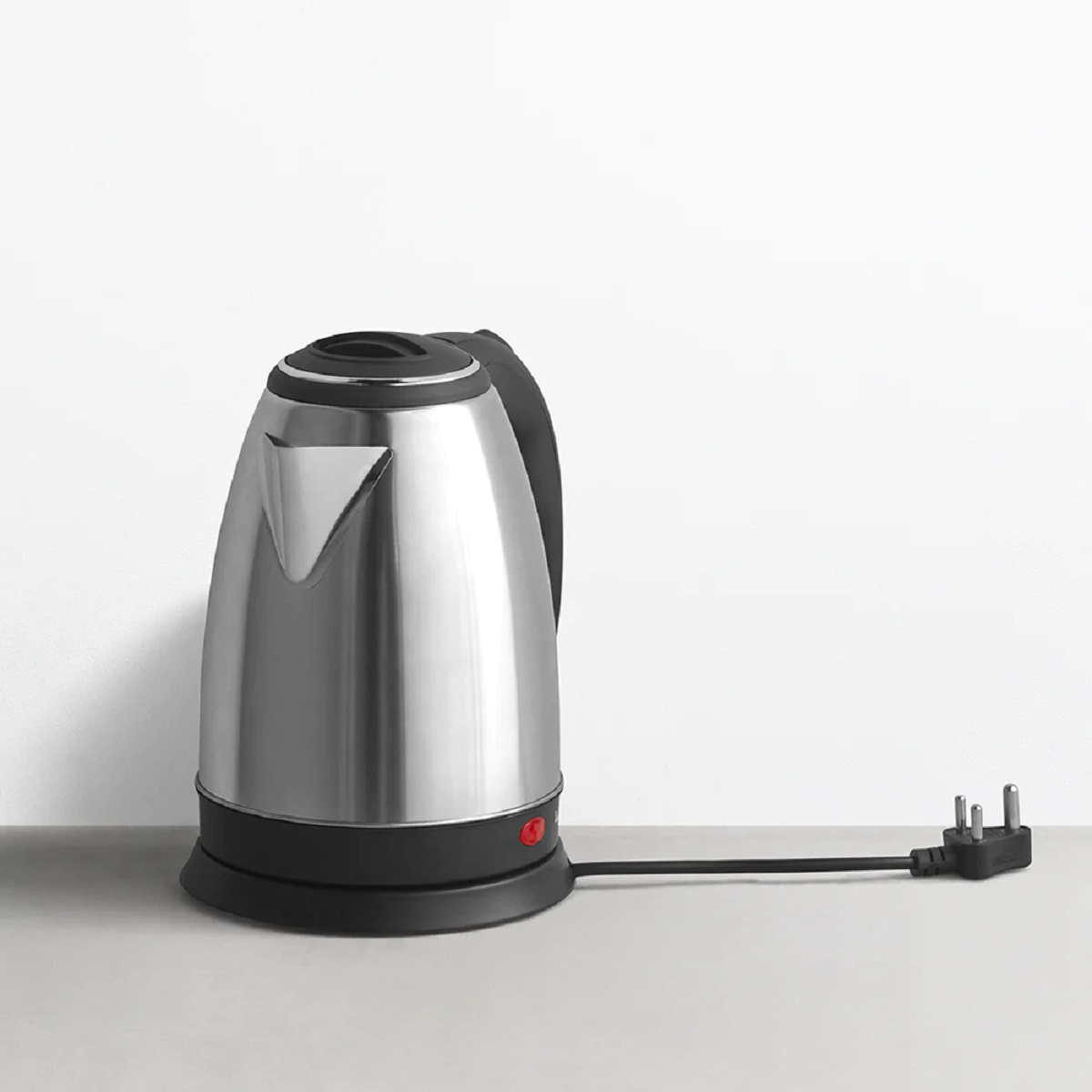
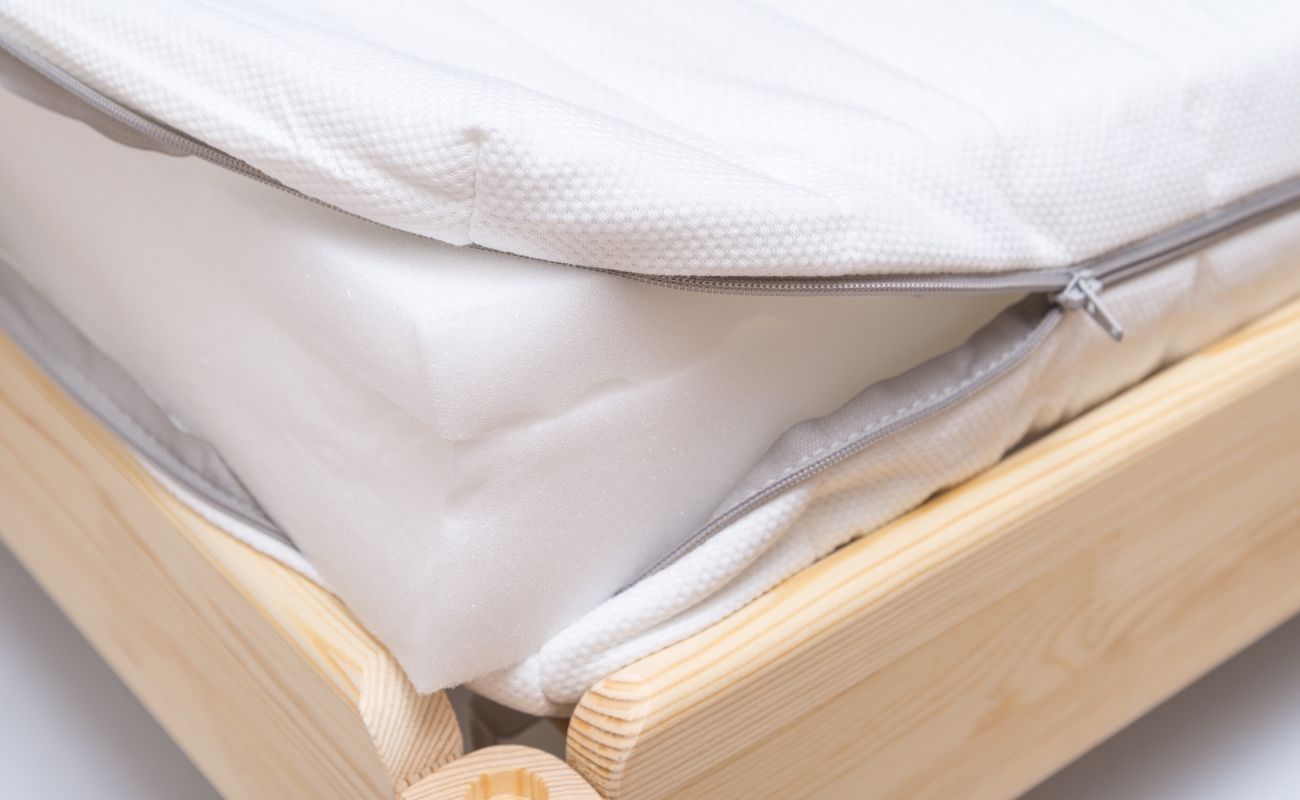


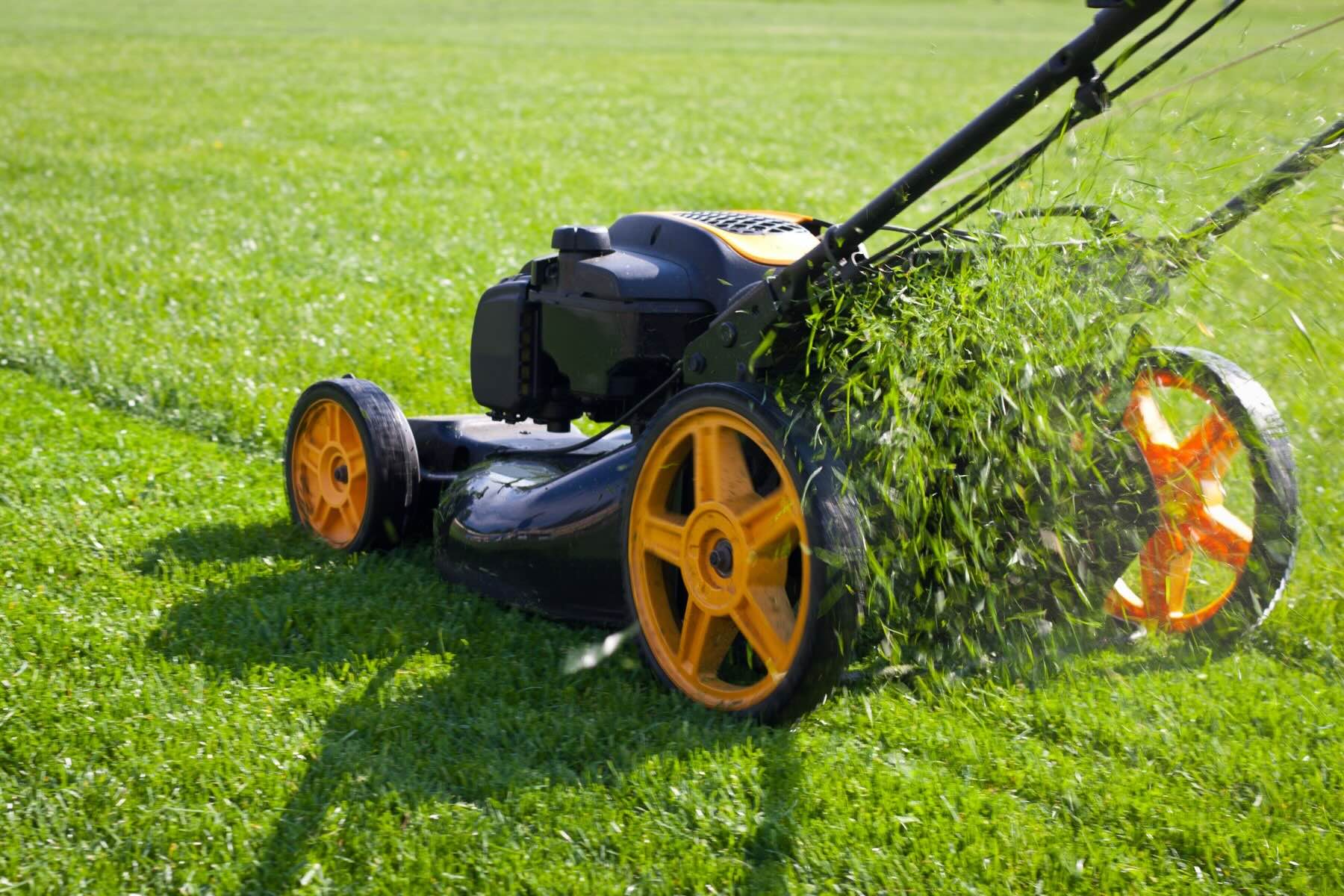
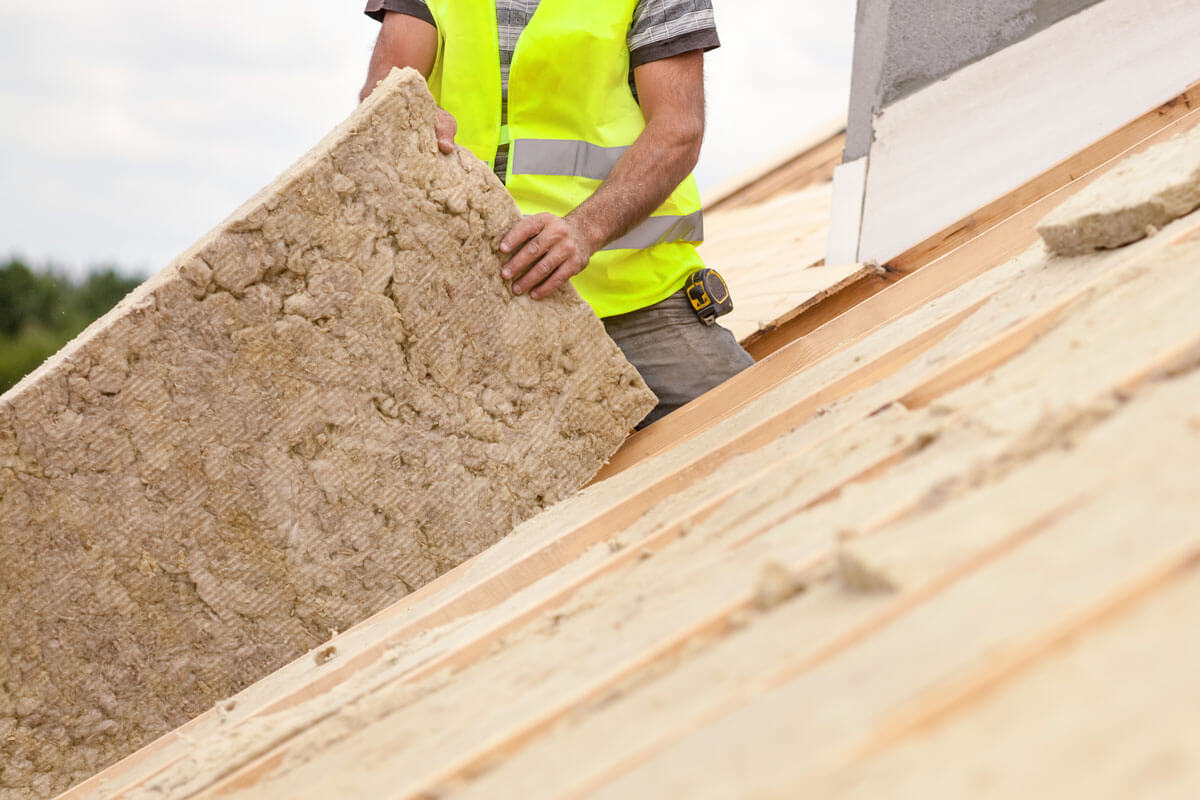

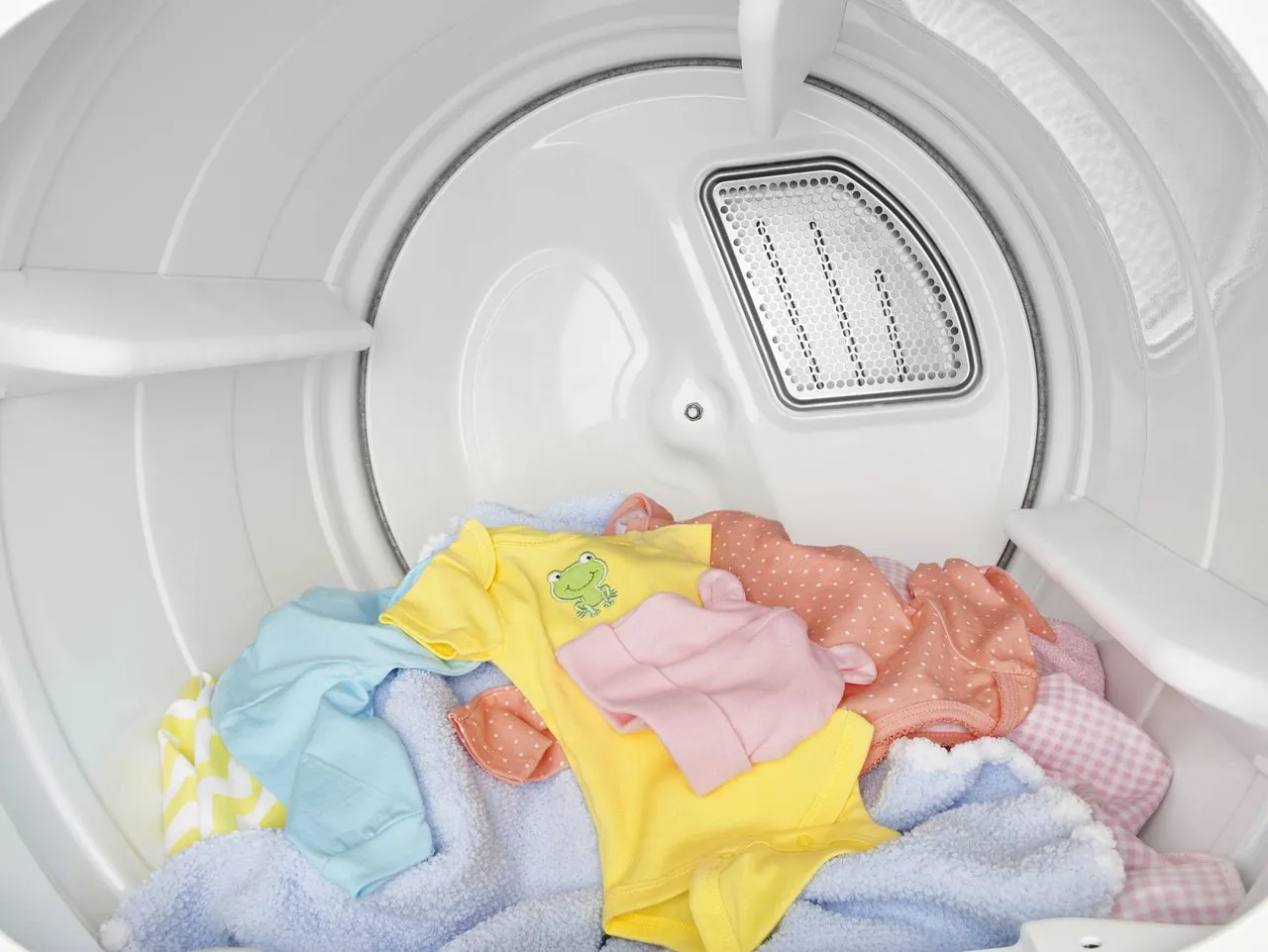



0 thoughts on “How Long Does An Electric Kettle Last”